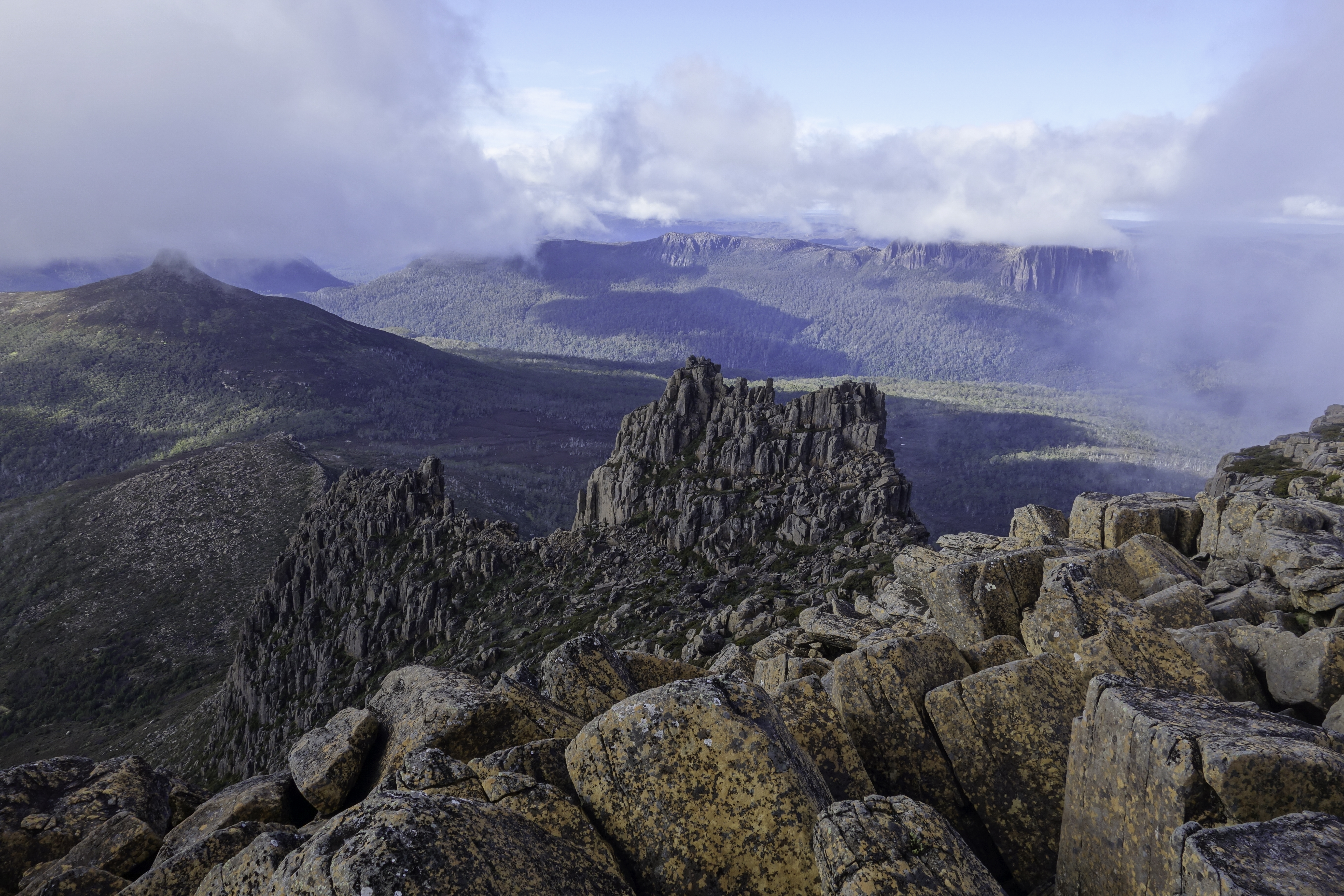The 65 km Overland Track in Tasmania is arguably the most famous trail in Australia. And rightfully so. It’s one of the most spectacular hikes in the world. I did the hike from May 30th to Jun. 5th in 2014.
Cost
Unfortunately, the track is also one of the most expensive in the world. As of 2014, the permit costs $200 (only West Coast Trail’s $150 can compare to that). Adding transportation and airfare to Tasmania, this trip cost me more than $500. Was it worth it? Absolutely!
Weather
Summer (November to March) is the most popular season. Huts may be full and latecomers need to camp on the platform outside. It doesn’t snow a lot in winter months (May to September), so the track should be hikeable most of the time, if you can handle the chilly weather.
If you don’t care about the cold and want to save $200, hike between June and September. You can go either direction during those months, and the track is far less crowded. I only started the hike at the end of May because I already made a nonrefundable booking. I initially booked the track for April, but I had some problem with the visa and almost had to cancel the Australia trip altogether. As a Chinese, I almost never qualify for a visa waiver anywhere I go. I lodged my application when I was still in US and by the time it was approved more than a month later, I already moved back to China and would be heading to Nepal in two days. Since there would be no refund for cancellation, I moved the date to the end of May, making me the last paying hiker of the season.
Access
Hobart and Launceston are the two largest cities in Tasmania. Launceston is closer to Cradle Mountain while Hobart is closer to Lake St Clair. Tassielink and McDermott’s run bus service to Cradle Mountain from Launceston. Between them, there should be one bus leaving everyday, even during off season. Tassielink also runs a bus service between Lake St Clair and Hobart. Service is less frequent (two three times a week) during off season. Overland Track Guide website has all the information you need when planning for logistics.
Hotel rooms are not cheap in Australia. Luckily some Tassie pubs offer inexpensive accommodation on their second floor. I rented a single room with private bathroom (it’s actually “separate” as it’s not inside the suite, but each room does have its own bathroom) at Sporties Hotel in Launceston for only $50 per night. Noise was not an issue during my stay, and pub closed well before midnight. There are a few outdoor gear shops in both cities, including Macpac and Mountain Design. Watch out for their store hours though, as they close before 6pm on weekdays and earlier on weekends. In fact, most stores are closed after dark in Tassie. Launceston after 9pm is like a ghost town. Coles and Woolworth have stores in downtown Launceston and Hobart. Some of them stay open till midnight.
Huts
Overland Track is my first experience of hut-to-hut hike, and… I prefer camping to be honest. There are 7 huts on the main trail, and most of them can accommodate more than 20 people (Echo Point hut an exception). There are also tent platforms if the hut is full in peak months.
Huts are built to limit human impact on environment and wildlife, and hikers are not allowed to stay anywhere else on the trail unless it’s an emergency. The huts are not manned and only provide some basic amenities. There’s a dining room with tables and chairs. There’s no stove so you need to bring your own. There’s a heater in the dinning room. Please use the heater only when the temperature is lower than 10°C to preserve the fuel. Most of the heaters are gas powered with the exception of Narcissist and Echo Point hut, where they are coal powered (coal is provided in a box outside. You need to first start the fire with dry branches). Gas heaters will automatically turn off in 30 minutes, so the evenings tend to be fairly cold. The first night when I was in Waterfall Valley hut, indoor temperature was -2°C.
Toilets and water tanks are located outside the huts. There’s no trash can so you still need to pack out all your garbage. There are no mattresses on the bunk beds, so bring a nice inflatable sleeping pad (definitely no CCF). Also bunks in some huts are wide, designed to sleep 4 people. If you turn a lot when sleeping, you might discover in the middle of the night that you have rolled off your sleeping pad. My hipbone hurt for more than a week because of that.
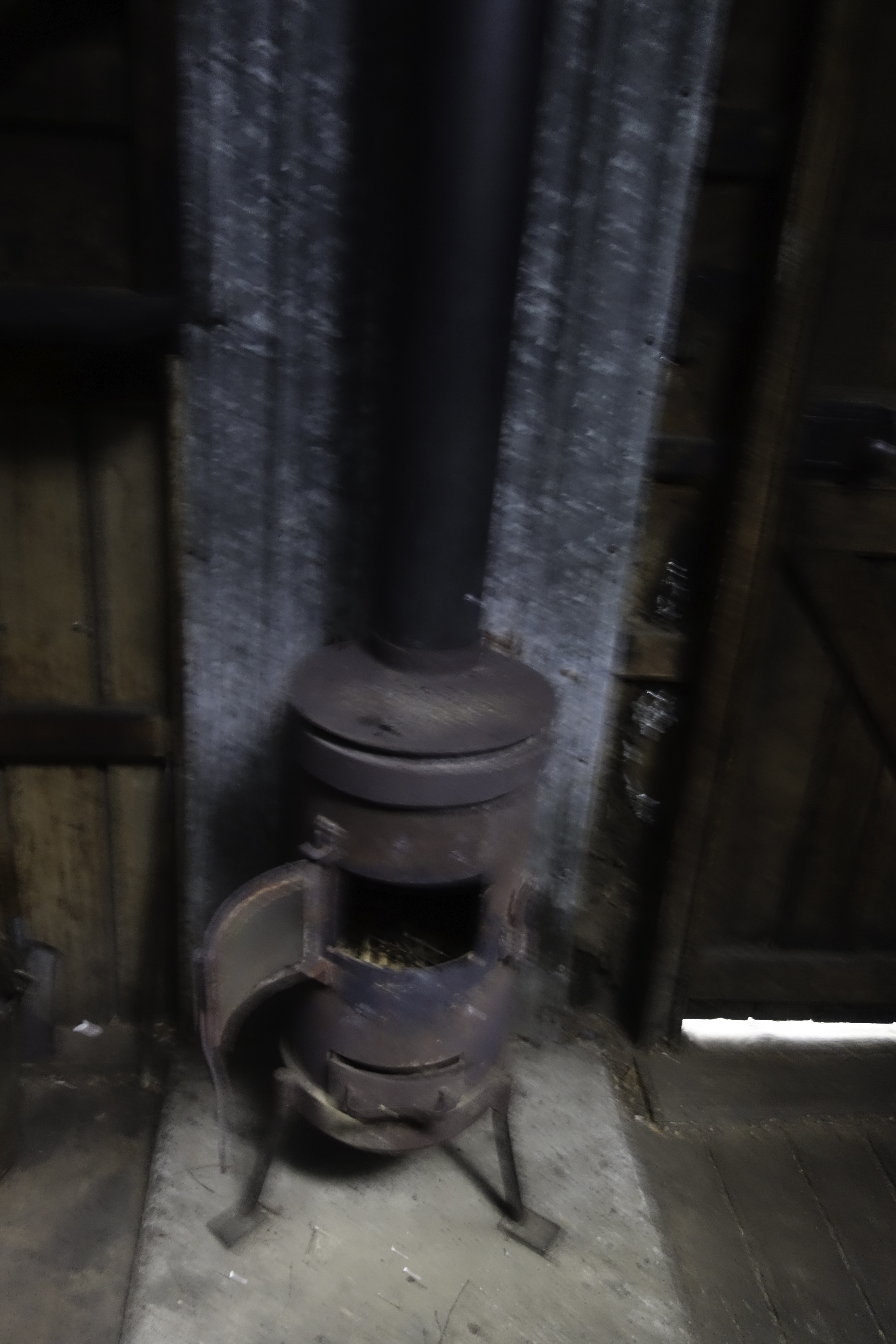 Coal heater in Echo Point Hut
Coal heater in Echo Point Hut
Fauna
Wallabies and wombats are a common sight on the trail. If you are lucky, you can probably spot a Tasmania devil.
Currawongs and possums on this track are smart creatures capable of opening zippers(!), so if you need to leave your backpack unattended, make sure no food is left in the zippered pockets.
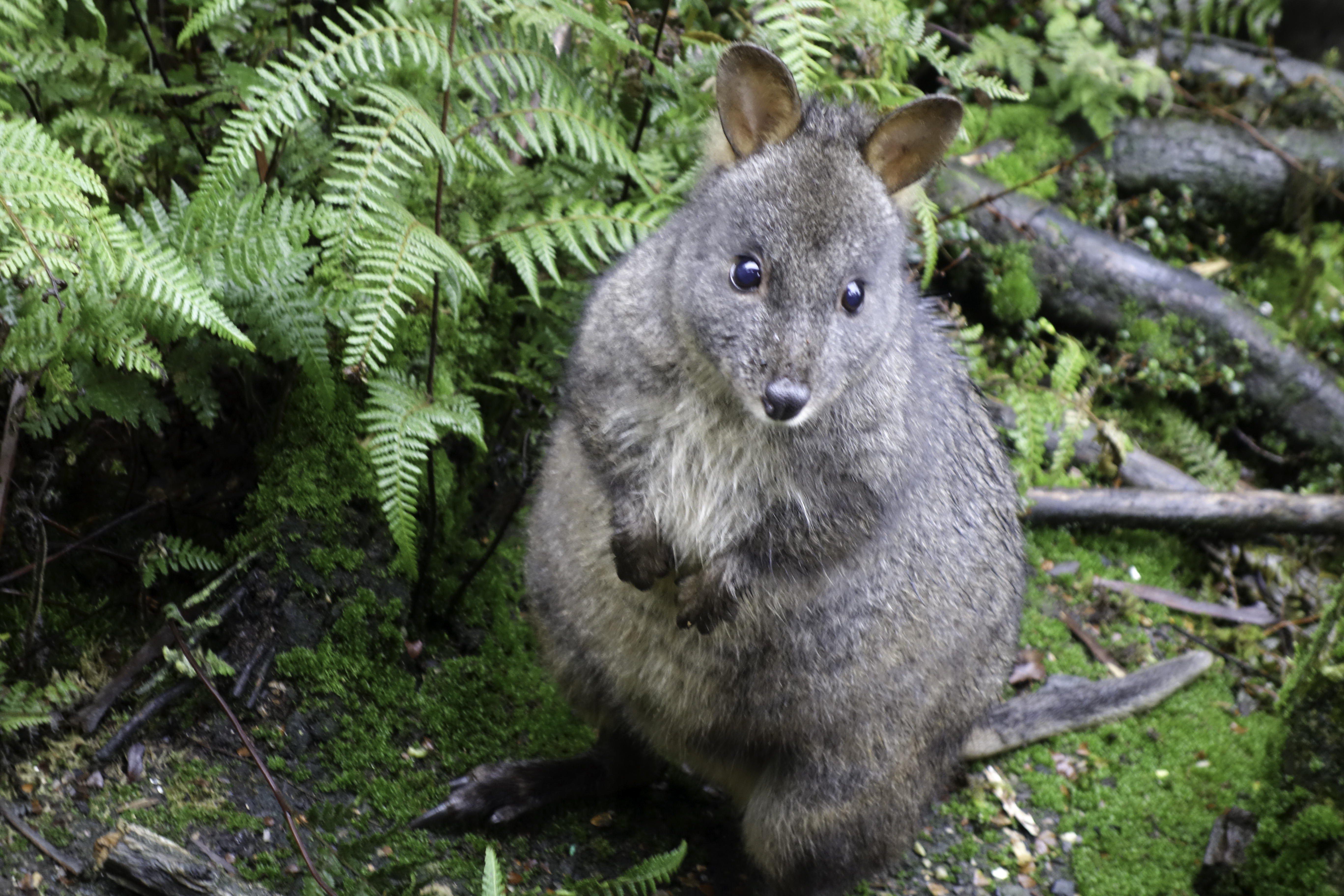
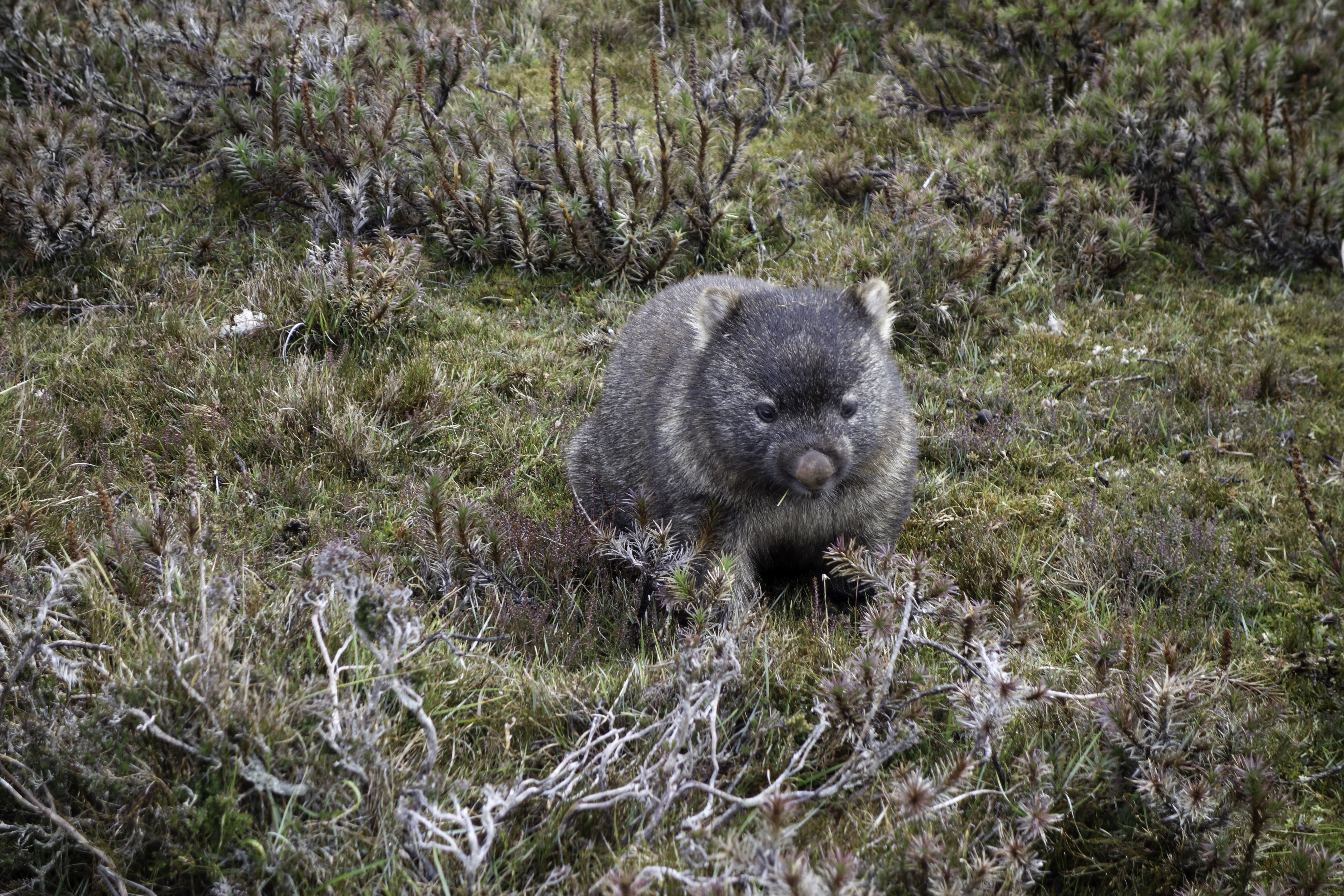
Cradle Mountain
Cradle Mountain is a 1545 mountain located between the trailhead and Waterfall Valley hut. The climb is steep and strenuous. It requires a fair amount of scrambling, although no special gear is required. If weather is bad, you may need to abort this climb. The side trip will take at least 3 hours. Also Waterfall Valley hut is at least one hour away, so it may be a hassle in the winter when daytime is short. Fortunately the trail toward is mostly boardwalk, but still walking in the dark is not pleasant. I almost had a heart attack when a wallaby jumped on the board.
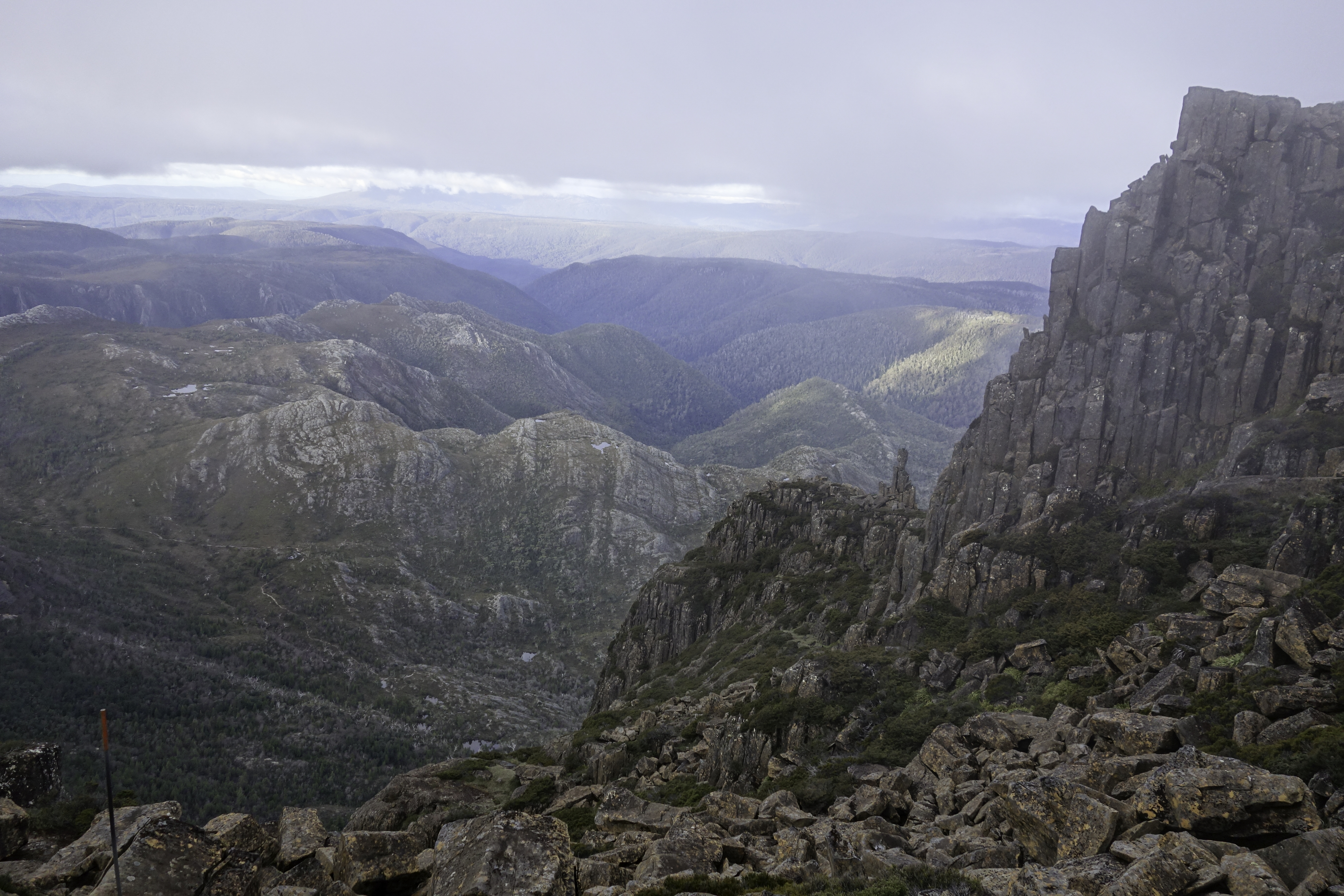
If you see this, you are too late.
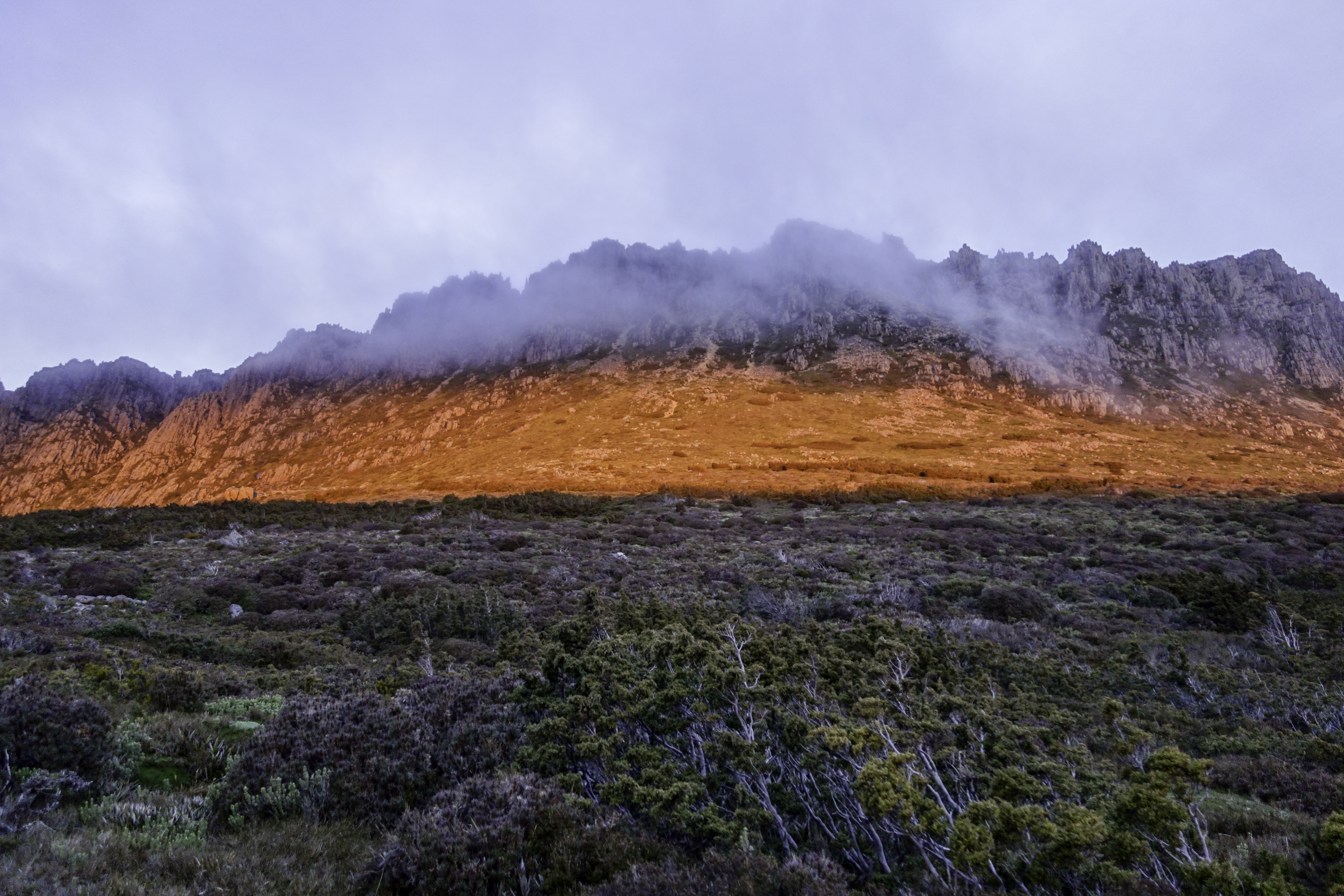
Mt. Ossa
Mt. Ossa at 1617m is the highest mountain in Tasmania. It is located between New Pelion Hut and Kia Ora Hut. This optional side trip will typically be on your 4th day after the start at Cradle Mountain. From Pelion hut, there’s a gradual climb of 300m before you reach Pelion Gap junction (1113m). To the west of the junction stands Mt. Ossa. To the east is Mt. Pelion East (1461m). You can leave your backpack at the junction, but make sure you don’t leave any food inside those zip pockets. Currawongs WILL open those zippers.
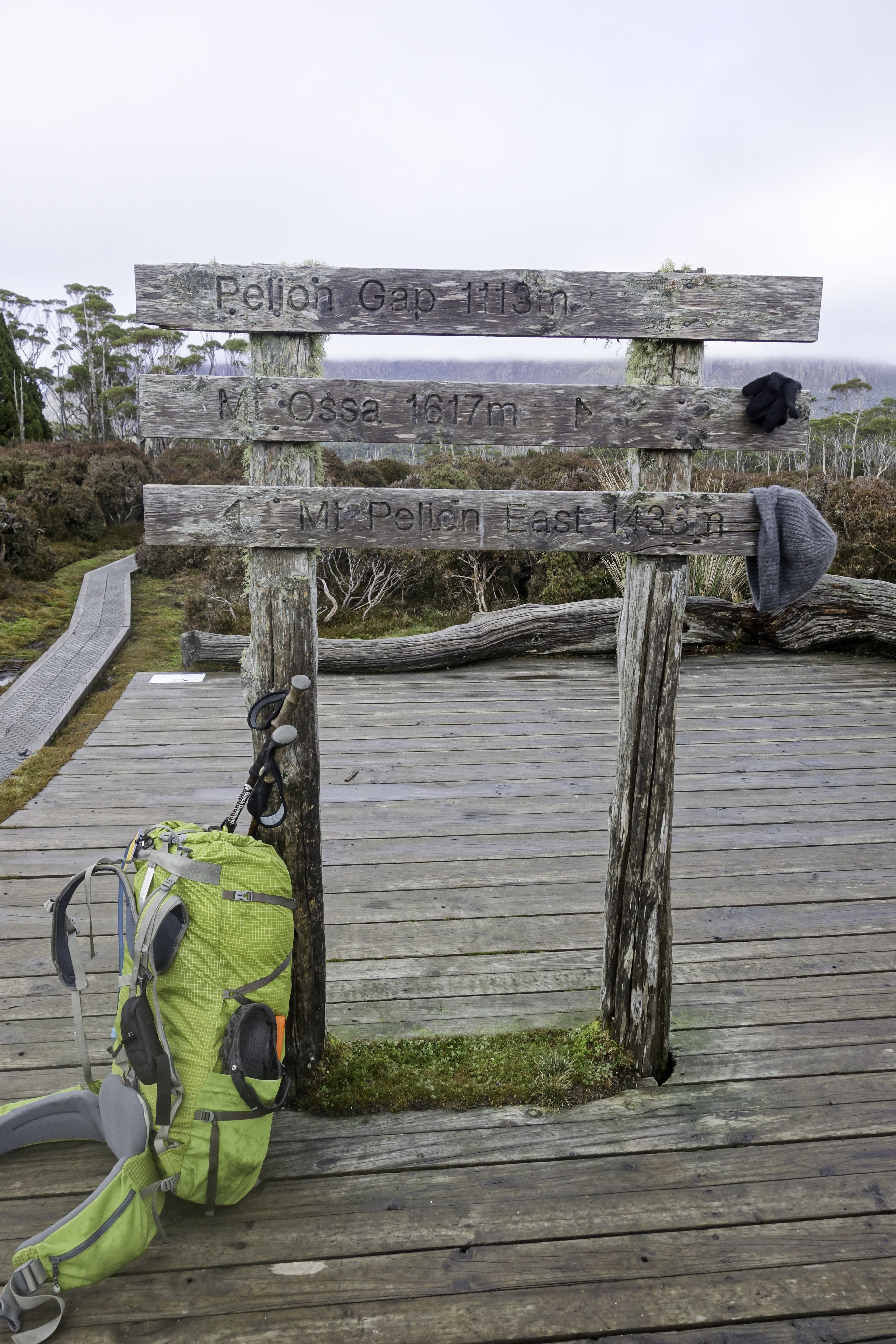
Return trip to Mt. Ossa takes at least 4-5 hours. It has a few exposed sessions and requires some boulder scrambling, but overall it’s slightly easier than Cradle Mountain. The top may be misty when you get there, but if you are not in a hurry and weather is not too bad, it’s worth waiting for an hour or two. There’s a fair chance in the afternoon that the mist will clear out.
